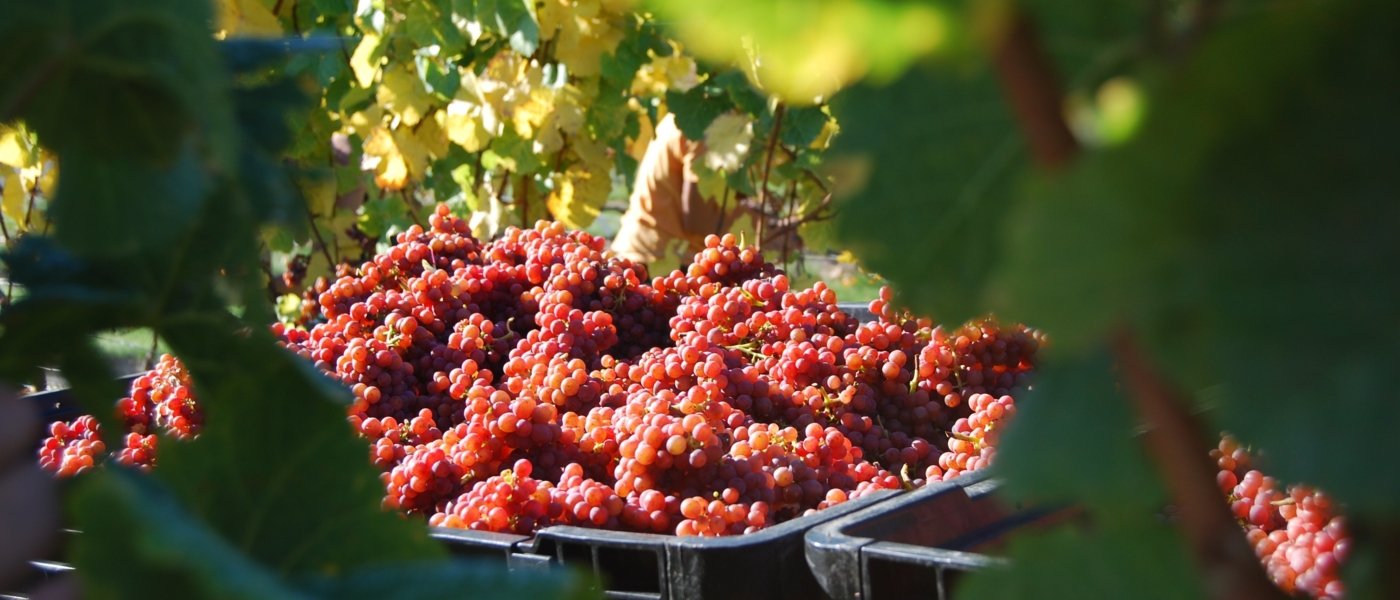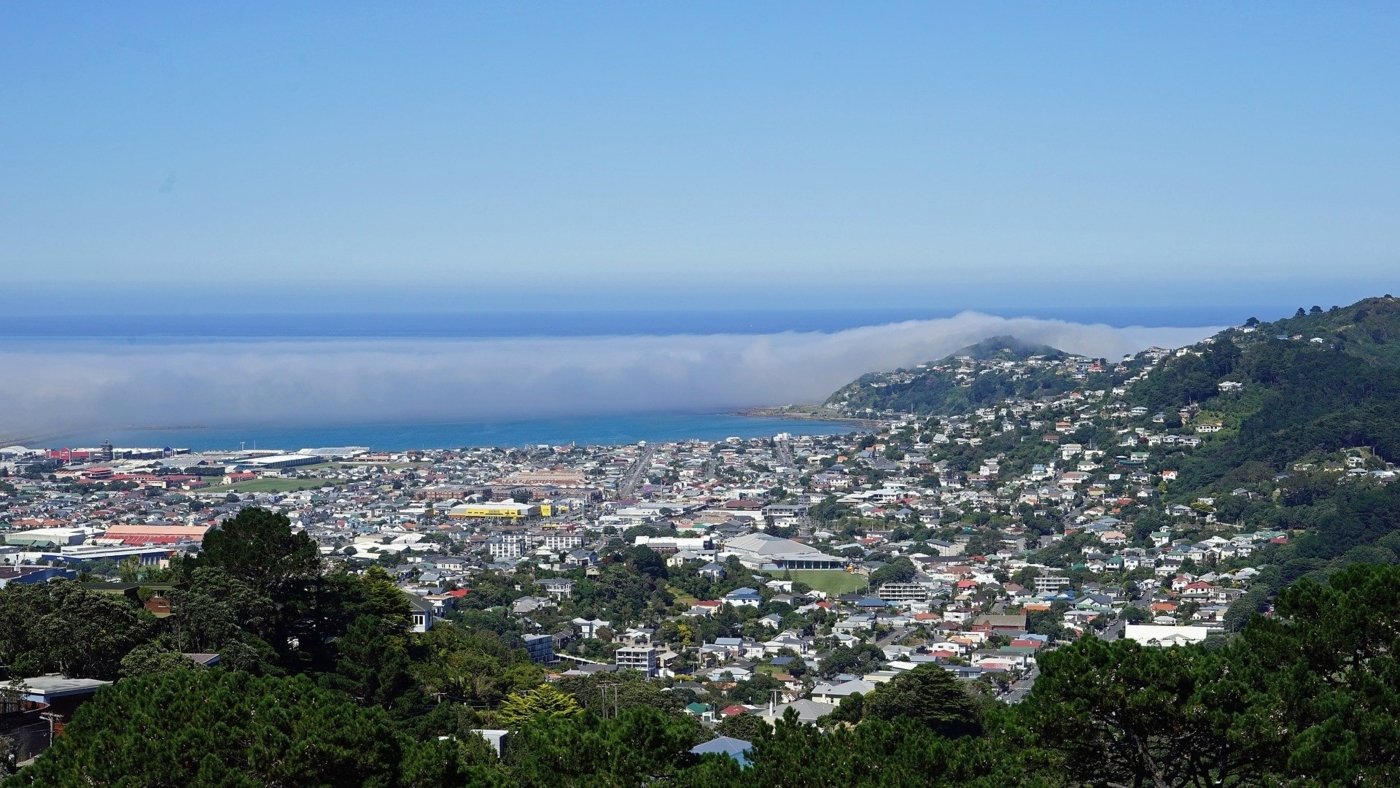Wellington City
The volumes of wines produced from wineries on the Wellington wine route is typically small, especially in terms of international exports. But, rebranding is expected to bring the region more recognition as a boutique producer of hand crafted premium wines to rival any of those elsewhere in New Zealand. Aside from sampling some of the southern hemisphere’s finest wines, Wellington is a lively, energetic city that is also renowned for its exquisite cuisine and a penchant for craft beers and legendary coffee. It was recently named the coolest little capital by Lonely Planet, as well as the world’s most liveable city by a Deutche Bank survey. The streets can be easily wandered on foot (or the historical Wellington Cable Car) where visitors can discover the tranquil settings of Oriental Bay, cruise down colourful Cuba Street or experience galleries and New Zealand’s national museum, Te Papa.
Although most wineries on the Wellington wine route are open to visitors all year round, some are closed for a few weeks during the winter months of July and August – meaning the best time to visit the region is between November through to March. In November, the region’s wines are celebrated as part of the Toast Martinborough Wine Festival, which attracts tens of thousands of visitors with the lure of premium wine tastings, exquisite food and music to create a wonderful atmosphere.
If you are interested in exploring the Wellington wine route, contact Wine Paths’ local expert for more information and inspirational ideas before planning a bespoke visit.
If you're interested in one of our New Zealand Wine Tours, please visit this link.








